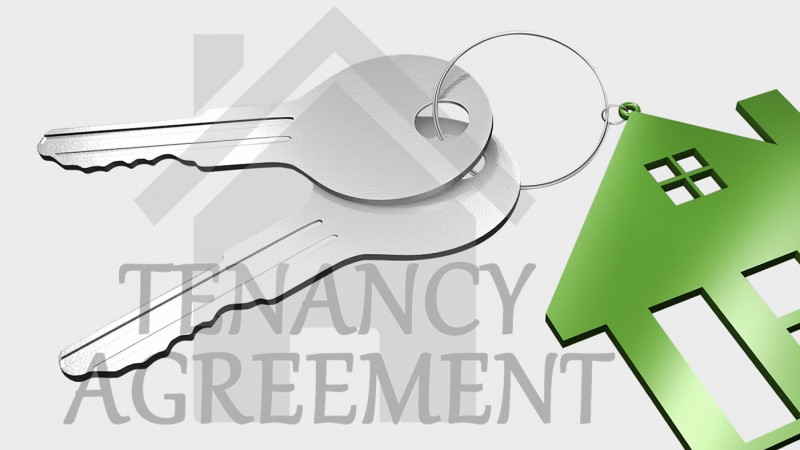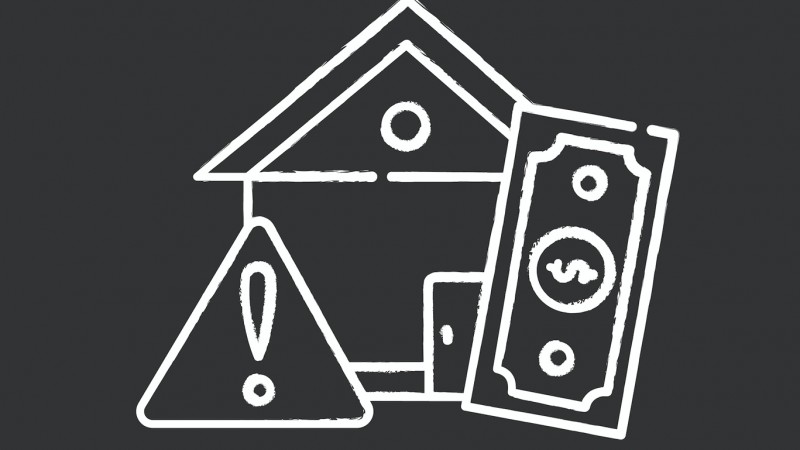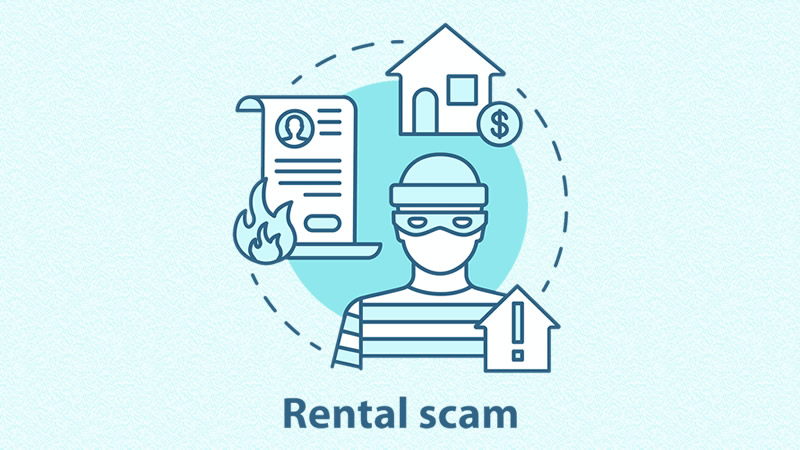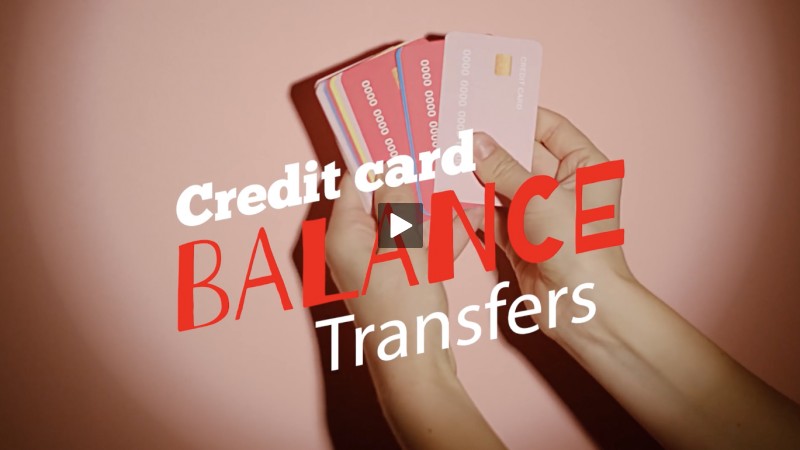Financing Home Improvements
- Details
- Written by Remar Sutton
- Category: Articles

Have You Considered These Good Options?
Are you considering making improvements to your home?
Home improvement projects can range from simple to complex, inexpensive to expensive. When the project is big enough to need a loan, it's important to pick the option that is best for your project and your wallet. Several options take advantage of the equity in your home—that means that your home is used as collateral to guarantee the loan. A personal loan that does not use equity in your home as collateral may be appropriate for smaller projects.
When the project is big enough to need a loan, it's important to pick the option that is best for your project and your wallet.
Home Equity Loan
- Money is paid out in one lump sum.
- Interest rate is fixed for the life of the loan.
- Interest is paid on the total lump sum amount borrowed.
- The money borrowed can be used for any purpose. For example, it may be used for home improvement, college tuition, or paying off credit card debt.
- Interest paid may be tax deductible. Typically, interest on loans used for home improvements can be totally deducted up to $1 million of combined secured mortgage debt; used for purposes other than home improvements, the deductible interest is limited to that on $100,000 of combined secured mortgage debt. IRS Publication 936 provides the details.
Advantages of a home equity loan are that you know at the start the exact amount you are borrowing, for what term and payment, and typically for what fixed rate.
Home Equity Line of Credit (HELOC)
- Money is withdrawn as needed.
- Typically the period of time in which you can withdraw the funds is limited.
- Interest rate is usually variable although some fixed rate HELOCs are available.
- Interest is paid only on the amount that has been withdrawn.
- The loan can be used for any purpose, like home equity loans above.
- Interest paid may be tax deductible, like home equity loans above.
An advantage of a HELOC is that you pay interest on only the amount you borrow. Possible drawbacks include a variable interest rate which may go up, increasing the amount you must pay on the loan.
Home Improvement Loan
- Typically used for major home improvement projects.
- Money is drawn as the project reaches specific progress milestones.
- Can only be used for home improvement.
- Interest paid may be tax deductible. Because this loan can be used only for home improvement, interest should be deductible up to a combined $1 million of total mortgage debt. See IRS Publication 936.
An advantage of a home improvement loan is that it is dedicated for the purpose of home improvement and may cover larger projects. Tax deductible status may be clearer.
Personal Loan
- A personal loan, also called a "signature" loan, does not use your home's equity as collateral. Instead, your "signature" is your guarantee.
- Loan amounts may be more limited than secured loans.
- The loan typically has a fixed interest rate for a fixed term.
- The interest rate is typically higher on unsecured personal loans.
- You may qualify for a personal loan even if there's not enough equity in your home to qualify for a home equity loan.
- The interest is not tax deductible on unsecured personal loans, even when used for home improvement.
A personal loan may be appropriate for a smaller project, such as one costing under $5000 or $6000.
Review Your Options
Before applying for a loan for home improvements, it's important that you review all your options. A loan secured by the equity in your home, may be just right for your project. But you never want to put your home at risk.
For More Information
What You Should Know about Home Equity Lines of Credit from the Federal Reserve Board.


































